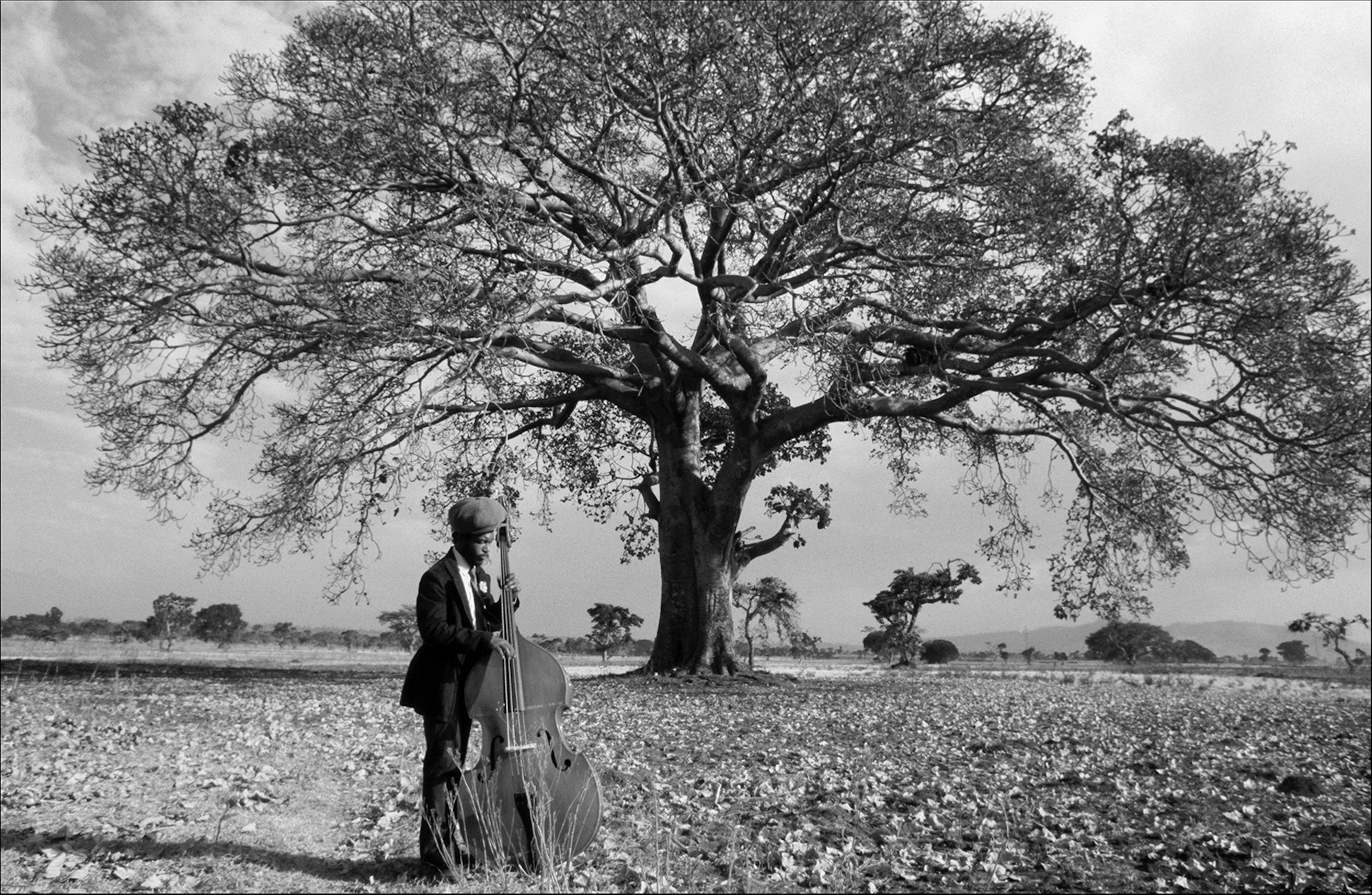Revisiting the legendary Rastafari community of Ethiopia
- Text by Miss Rosen
- Photography by Derek Bishton

Following Italy’s resounding defeat at the Battle of Gondar, Emperor Haile Selassie I returned to the throne with a new vision for Ethiopia. He would create Land Grants for people of the African diaspora, fulfilling the prophecy of Jamaican political activist Marcus Garvey who lead the Back to Africa movement of the 1920s.
Believing Haile Selassie to be the Messiah (“Jah”), Garvey’s followers adopted his pre-coronation name, Ras Tafari Makonnen, to describe the philosophy by which they would live free from Babylon (the West).
In 1955, the Emperor bestowed the first Land Grant to all Caribbean people of African descent who wanted to “come home”. A decade later, the exodus began as Rastafarian settlers embarked on an epic voyage of return to Shashemane, a 17 square km village nestled deep within the ancient Rift Valley, some 250 km south of Addis Ababa.
Following the Derg Revolution and Selassie’s assassination in 1975, the Mengistu Haile Mariam government confiscated the land but allowed the people to continue to live as they had been. Although little was known of their lives, the mythic image of Shashemane remained a beacon of promise in the West.


English photographer and journalist Derek Bishton first learned of Shashemane in the late 1970s while working running a community publishing and design workshop in Handsworth, Birmingham, from local youth who recognized themselves in Rastafarianism and the Back to Africa movement.
While speaking with a picture editor at the Sunday Times Magazine one day in 1981, Bishton tossed out an idea: a story on Shashemane. They advanced him £500 on the spot and Bishton set off on a journey that would later become Blackheart Man - A Journey Into Rasta, a powerful collection of photographs and first person accounts of the lives of a people committed to building a new world first published in 1986.
Long out of print, Bishton returned to his archive for Rastafari in the Promised Land 1981 (Café Royal Books), which pairs selections from the original book with images made upon his return in 2013.

Bishton points to the photograph of Noel Dyer, a radiant soul doing laundry by hand with a lively elegance that makes his story all the more sublime. Born in Jamaica, Dyer was a member of the Windrush Generation who had come to rebuild Britain after the war only to encounter systemic racism had poisoned the well.
“Noel converted to Rastafari in the early 1960s, worked for a few years to save some money, and then decided, ‘Right, I'm off to Ethiopia’, and he literally left a South London with just the clothes he had on his back, more or less, and £5,” Bishton says. “He knew that that if he got to the coast of North Africa all he had to do was turn left, walk until he got to the Nile, walk down and follow the White Nile into Ethiopia.”
During his trip, Dyer taught himself to read by studying the Bible against his memory of Psalms he had learned. “It changed my perception of what it was really all about,” Bishton says. “He poured out his story to me, because he was so pleased finding out someone who wanted to understand his motivation, his beliefs, and what he'd gone through to get there. And I think that's true of a lot of people that I spoke to.”
Since Bishton’s first visit, Shashemane has blossomed into a thriving community, showing it is possible to live free from Babylon. While many of the people he met have since died, Bishton maintains relationships with their families and children, keeping their memories alive in his photographs and their words.
Latest on Huck

Are we steamrolling towards the apocalypse?
One second closer to midnight — While the rolling news cycle, intensifying climate crisis and rapidly advancing technology can make it feel as if the end days are upon us, newsletter columnist Emma Garland remembers that things have always been terrible, and that is a natural part of human life.
Written by: Emma Garland

In a city of rapid gentrification, one south London estate stands firm
A Portrait of Central Hill — Social housing is under threat across the British capital. But residents of the Central Hill estate in Crystal Palace are determined to save their homes, and their community.
Written by: Alex King

Analogue Appreciation: Maria Teriaeva’s five pieces that remind her of home
From Sayan to Savoie — In an ever more digital, online world, we ask our favourite artists about their most cherished pieces of physical culture. First up, the Siberian-born, Paris-based composer and synthesist.
Written by: Maria Teriaeva

Petition to save the Prince Charles Cinema signed by over 100,000 people in a day
PCC forever — The Soho institution has claimed its landlord, Zedwell LSQ Ltd, is demanding the insertion of a break clause that would leave it “under permanent threat of closure”.
Written by: Isaac Muk

Remembering Taboo, the party that reshaped ’80s London nightlife
Glitter on the floor — Curators Martin Green and NJ Stevenson revisit Leigh Bowery’s legendary night, a space for wild expression that reimagined partying and fashion.
Written by: Cyna Mirzai

A timeless, dynamic view of the Highland Games
Long Walk Home — Robbie Lawrence travelled to the historic sporting events across Scotland and the USA, hoping to learn about cultural nationalism. He ended up capturing a wholesome, analogue experience rarely found in the modern age.
Written by: Isaac Muk


